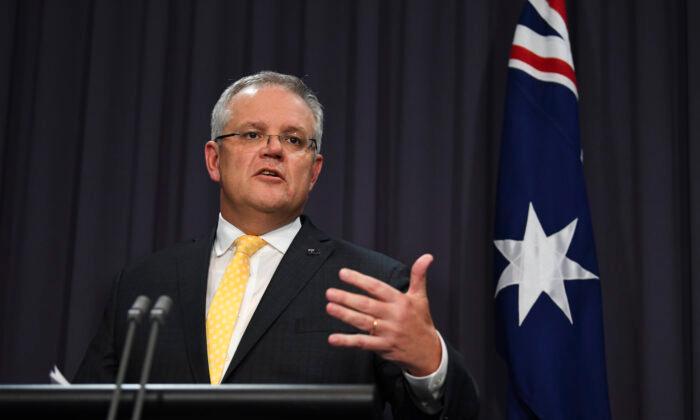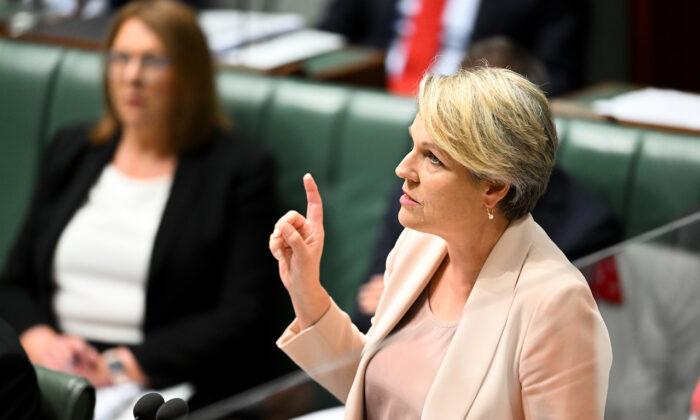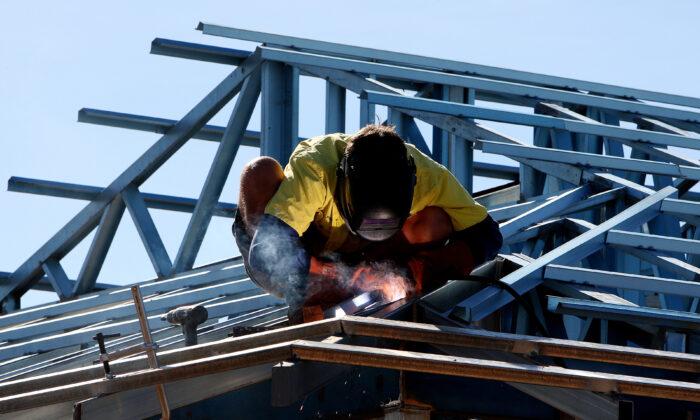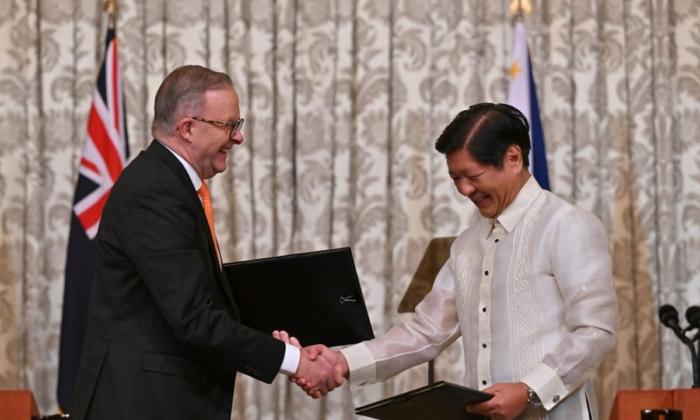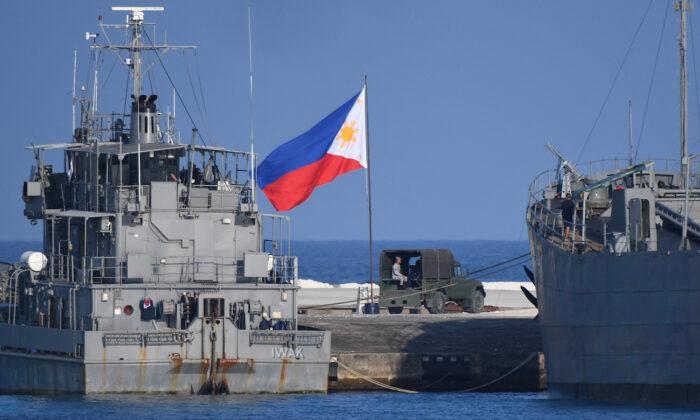Prime Minister Scott Morrison said Australia will continue to support the World Health Organisation (WHO) but he said they’re “not immune from criticism” and should do things better.
The White House said WHO repeatedly parroted the Chinese regime’s claims that the coronavirus was not spreading between humans, despite warnings by doctors and health officials that it was.
Morrison likewise, said in the interview that had Australia relied on WHO advice back in January, “Then I suspect we would have been suffering the same fate that many other countries currently are.”
He went on to point out that Australia called the pandemic weeks before the WHO did.
Australian Partnerships With WHO
Australia works closely with the WHO on important projects in the pacific region, Morrison told 6PR, and because of that, he did not want to “throw the baby out with the bathwater.”Australia and the WHO currently have their first joint project which will run until 2022. The core focus of this cooperation for the WHO to support Australia’s efforts to improve the health of everyone in Australia and in the Western Pacific region, which includes a number of Pacific islands.
It’s written into their cooperation strategy that Austalia will help the organisation become more transparent and accountable.
WHO also has collaborative operations with 46 Australian centers in a variety of institutions including state governments and universities.
Transparency Issues at WHO
About half of the World Health Organisation’s budget comes from member countries. The United States has been its largest financial supporter, contributing between $400-$500 million (AU$636-$795 million) annually (pdf), representing about 15 percent of the organisation’s total budget.Liberal Party backbencher David Sharma said on Twitter that funding should be contingent on reforms.
